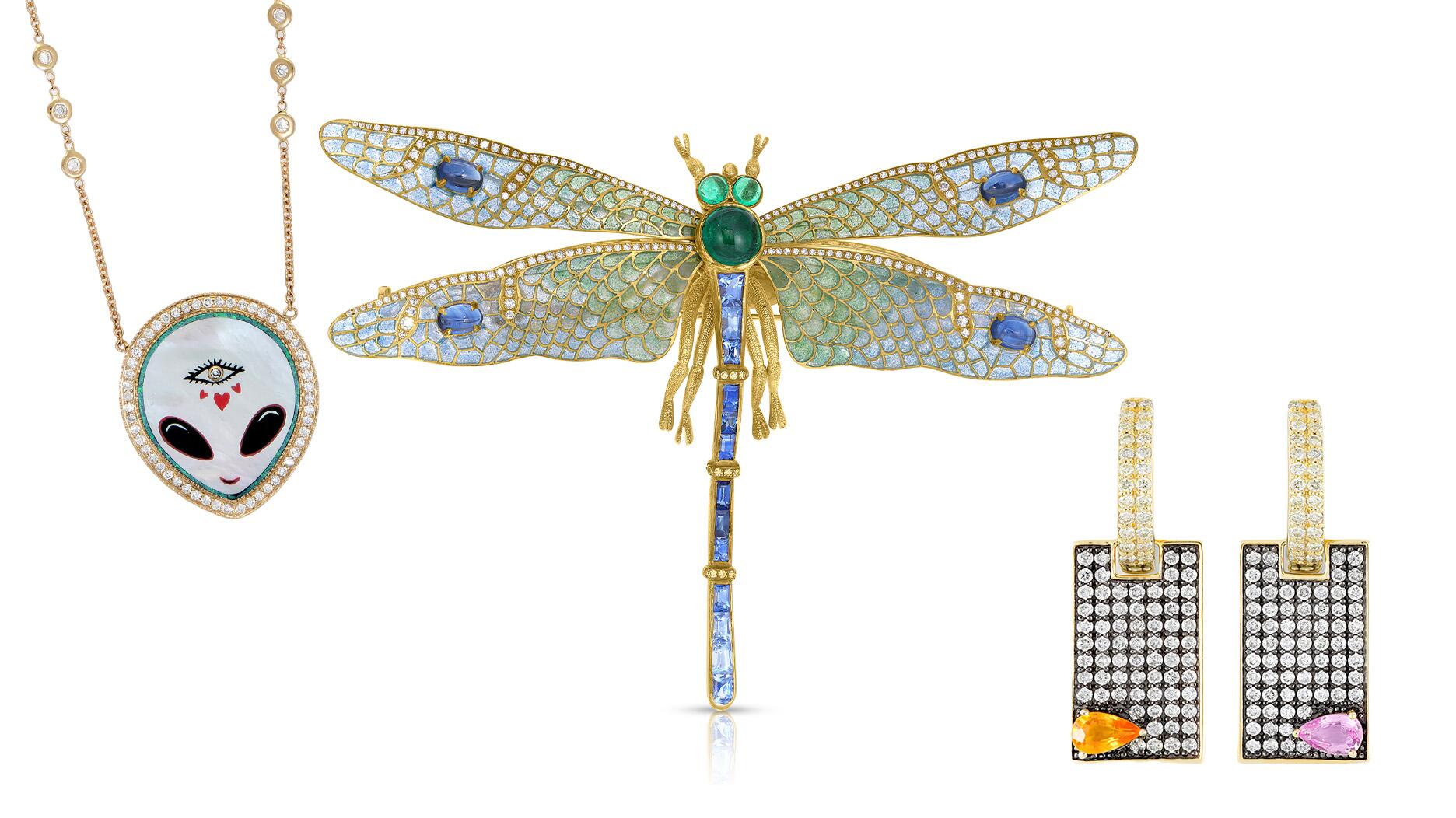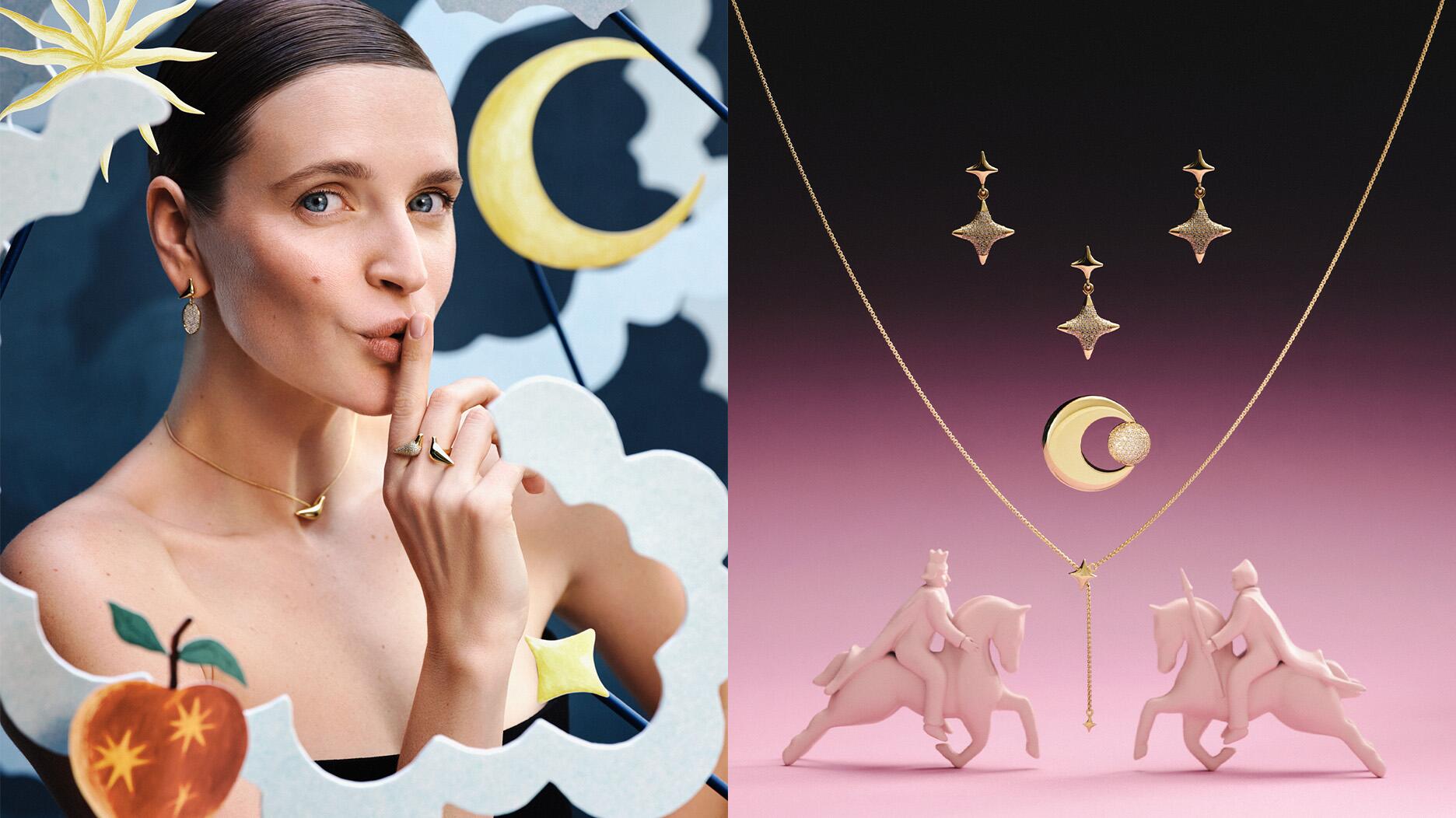The couple pleaded guilty to concealing at least $127 million in cash transactions at its precious metals businesses.
The History Behind … Art Nouveau jewelry
The latest installment in National Jeweler’s antique and estate jewelry series examines Art Nouveau jewelry, which was created in France between 1895 and 1910.
New York--It was a short-lived period of design that focused on women and nature and was worn by only select members of society.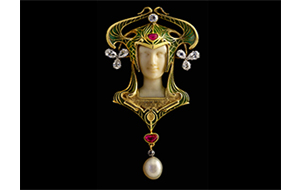
It was Art Nouveau jewelry, created in France in the late 1800 and early 1900s, a time before the first World War, when mass manufacturing got its start and the absinthe was flowing.
Recently, Elyse Zorn Karlin, co-director of the Association for the Study of Jewelry and Related Arts, walked National Jeweler through this fascinating, but short-lived, period in jewelry design.
When and where was Art Nouveau jewelry popular? Art Nouveau (“new art”) jewelry was created in France between about 1895 and 1910, coming on the heels of the “overwrought” designs of the Victorian era (which ended with Queen Victoria’s death in 1901) and creating a striking contrast to the mainstream Edwardian designs of that time, Karlin said.
While jewelry with a similar aesthetic was being made in other countries during the same time period--for example, Jungenstil in Germany and Austria--true Art Nouveau jewelry is decidedly French.
It was a short-lived period in jewelry design, lasting only about 15 years, because of the onset of World War I and because the pieces were so over-the-top that people quickly lost interest in them.
Why was Art Nouveau jewelry created? Like all art, the zeitgeist of a particular era is written in the design of its jewelry.
Karlin said Art Nouveau jewelry was a reaction to a number of things going on in French society at that time, including women’s fight to secure more rights for themselves outside of the home by getting an education and a job.
The French in particular seemed to have an “inordinate” fear of what would happen to their society if women won the equal rights they were fighting for, she said.
This was due in part to the nation’s loss in the Franco-Prussian War, which was hugely humiliating and left France feeling vulnerable. The idea of women leaving to work outside the home stoked fears of the birth rate dropping, leaving the country without enough men to support future armies.
This is why, Karlin said, so much of Art Nouveau is woman-centric.
The pieces depict a lovely, unthreatening woman with flowing hair and a sweet face; “fantasy” women, such as sexualized
In addition to women, Art Nouveau jewelry incorporated nature in a way that never had been done in jewelry before, with insects and flowers that had a sexualized nature to them.
“All of this was totally new for jewelry. There had never been anything like this before,” she said.
Who wore this jewelry? “There’s no doubt Art Nouveau was meant for a very select sample of society,” Karlin said.
The pieces were large and “in-your-face” and a lot of them depicted naked women, which was shocking at the time.
It also was expensive, so most pieces were donned by wealthy, artistic types.
Demimonde, unmarried women who were supported by wealthy lovers and considered to be on the fringes of acceptable society, wore Art Nouveau jewelry as did a number of well-known entertainers.
Karlin said probably the most recognizable was actress Sarah Bernhardt, who helped to make jewelry designer René Lalique famous. “If she didn’t wear Lalique jewelry, I don’t think it would have become known like it was,” she said.
What materials were used for Art Nouveau jewelry? While this certainly cannot be said for other periods, for Art Nouveau jewelry “The materials were not as important as the design,” Karlin said.
The pieces were less about gemstones and more about enamel, including plique-à-jour enamel. French for “letting in daylight,” plique-à-jour enamel is translucent, meaning it allows light to pass through; think of a stained-glass window.
Horn, usually from domestic animals such as cows, was heated and bent into different shapes for Art Nouveau pieces, and a lot of carved ivory was used as well.
Diamonds were used too, but mostly as accent stones.
How much is Art Nouveau jewelry worth today? Because much of it was made of enamel, which breaks easily, and it was a short-lived period in jewelry design, Art Nouveau designs in good condition are not abundant.
This, of course, also makes them highly desirable.
Karlin said while Art Nouveau pieces haven’t gotten up to the million-dollar range yet, pieces that are attractive and in good condition will fetch a few hundred thousand dollars. To wit: Last month, Sotheby’s sold a Lalique pendant for $212,500, more than double its highest estimate.
“If you can buy them at a good price, I would buy them, no doubt about it,” Karlin said.
The Latest

Consumers shared concerns about prices, inflation, tariffs, trade, and politics in the survey’s write-in response section.

In February 2026, the auction house will move its headquarters to the former Steinway Hall, a neoclassical landmark on Billionaires’ Row.

How Jewelers of America’s 20 Under 40 are leading to ensure a brighter future for the jewelry industry.

The new show will take place Jan. 23-25, 2026.


The former BHP Billiton leader and Gemfields chairman is remembered for his influential leadership throughout his 50-year mining career.

The LVMH-owned brand has partnered with the costume design union to revamp its award for 2026.

Roseco’s 704-page catalog showcases new lab-grown diamonds, findings, tools & more—available in print or interactive digital editions.

The luxury titan inked a deal to acquire an initial minority stake in the jewelry manufacturer with a pathway to full ownership by 2032.

The company’s curation of unsigned vintage and estate jewelry debuted at the Bloomingdale’s in Costa Mesa, California.

In the recent multi-shipment seizure, CBP also found counterfeit Audemars Piguet, Moncler, and Chrome Hearts items.

Helzberg’s Chief Retail Officer Mitch Maggart shared details about its tests of a new store concept rooted in an elevated luxury experience.

Jewelers of America execs and National Jeweler editors discuss tariffs, the sky-high gold price, and the engagement that broke the internet.

The luxury goods company said founder Ippolita Rostagno will remain at the brand’s helm.

Laura Burdese, who joined the Italian luxury brand in 2022, will take on the role in July.

The National Jeweler editors revisit the most noteworthy industry happenings and design trends from 2025.

Need a gift for the cat lover who has everything? Look no further than our latest Piece of the Week.

It purchased the “Grosse Pièce,” an ultra-complicated Audemars Piguet pocket watch from the ‘20s, for a record-breaking price at Sotheby’s.

The lab-grown diamond grower now offers custom engagement and fashion jewelry through its Kira Custom Lab Jewelry service.

Chandler got his start at Michelson Jewelers and has served as DCA president and CEO since 2001. He will retire at the end of the month.

The boutique is slated to open this week inside Terminal 8, offering pre-owned Rolex watches and more to international travelers.

Sponsored by Digital Monitoring Products
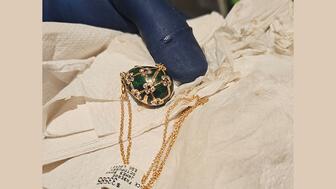
The special-edition egg pendant ingested in a New Zealand jewelry store was recovered after a six-day wait.
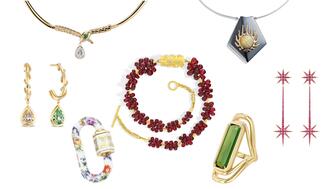
Associate Editor Natalie Francisco plays favorites with Piece of the Week, selecting a standout piece of jewelry from each month of 2025.
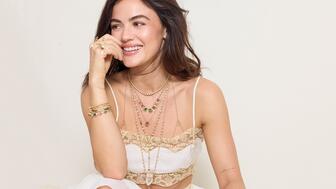
The “Love and Desire” campaign is inspired by the magic that follows when one’s heart leads the way, said the brand.

Two awardees will receive free tuition for an educational course at the Swiss lab, with flights and lodging included.

Berta de Pablos-Barbier will replace Alexander Lacik at the start of January, two months earlier than expected.











